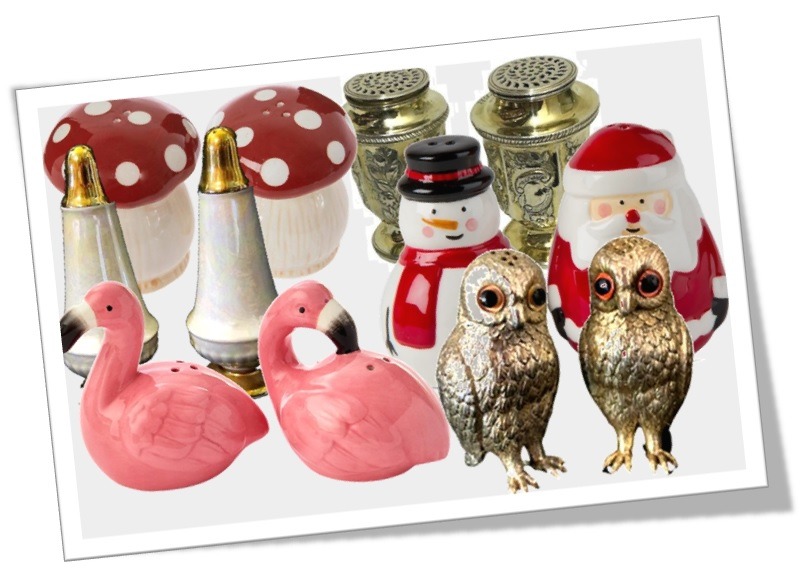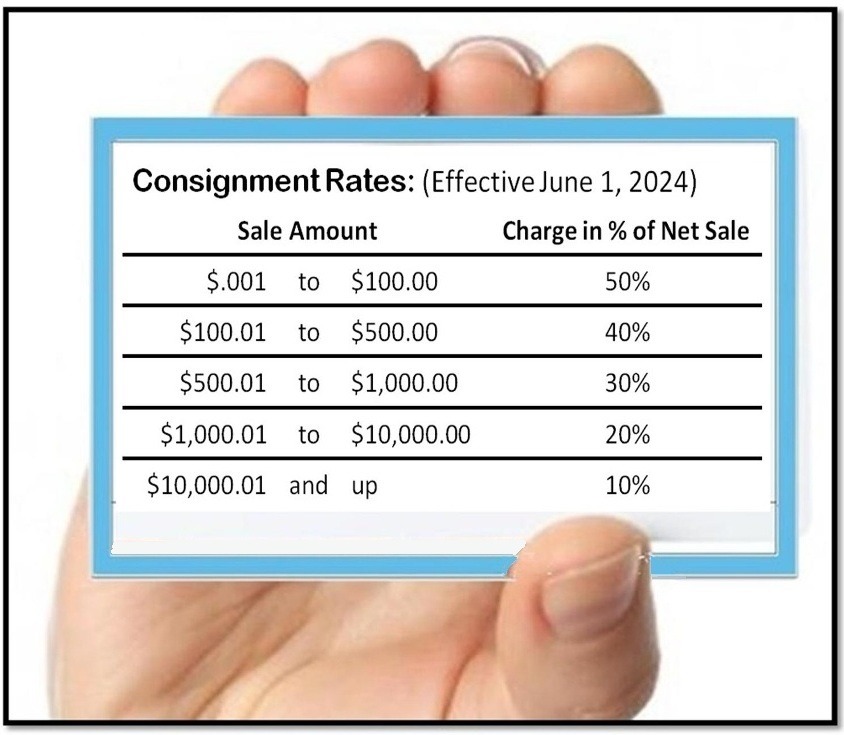Is Consignment Selling A Good Idea For Me ?
In the early years of our “Adventures in Online Selling” we were listing for sale a variety of good quality slightly used and collectable items. As I looked at other sellers offerings, I would sometimes be amazed at how much stuff they had listed – and the great variety they had for sale. And I thought, “where did they get all that stuff ?”. It seemed I could never find or buy what it would take to have enough listings to make some decent money. That’s where the thought of Consigning came to mind. Why not just have other people bring me their “Stuff” for me to sell ? There will be no end the the quantity and variety available for me to profit from. How did that turn out you may ask ?

Should I Add Consignment Selling To My Online Store
First, let me start out with some definitions for your enjoyment. These I hope will clear up what are common misunderstandings and answer the questions:
Consignment Related Definitions
|
Consignment: |
|
Consignment is a process whereby a person gives permission to another party to take care of their property while retaining full ownership of the property until the item is sold to the final buyer. |
|
Consigning: |
|
To deliver something to a person’s or business’s custody in order for it to be sold. |
|
Consignor: Here’s where many may get confused: |
|
A Consignor is the person or company that delivers/ships goods to a designated receiver or consignee. The Consignor is responsible for correct documentation, packaging, and labeling if needed. In essence, the consignor is the sender, shipper or deliverer of the goods. This is the ‘strict’ definition. In the context of “Reselling” however, a Consignor can be the person/party that owns an item and wants it to be sold by someone else (wlp). They may or may not actually deliver the items to the seller, but once sold the item will be delivered to the buyer. |
|
Consignee: |
|
A Consignee is the person or entity to whom goods are shipped or delivered. They are responsible for receiving and signing off on shipments, ensuring all goods are accounted for and in good condition. A Consignee is only a receiver – not the owner of the goods. |
Other than memory, if you can think of a “snappy” phrase or rhyme to remember that by, drop me an email.
Important Note: Here we will consider selling an “individual owner’s” items, Not those of a company that ships new, boxed or packaged items, which you pay for when sold. That is a ‘cut throat’ business because your online store will probably have many competitors with the same or similar items. Lowest price wins. Uhgg !
Now that we have the definitions straight, lets dive into the big questions you may be trying to answer for yourself.
- Should I sell Other Peoples Stuff ?
- What does that involve ?
- How much of the sale should I keep ?
An Example Of Consignment

Let’s answer with an example: A person has a collection of Salt and Pepper Shakers, about a dozen, they want to sell. You as a seller have been asked to sell them on behalf of the owner because the owner knows that’s what you do. Do you want to sell them? Consider the following:
First, it would be best if you were familiar with what they have – salt and pepper shakers. No problem if you don’t know all about collecting salt and pepper shakers because you can learn a lot by asking the owner questions and from the internet. So go to your favorite search page and start typing and reading. 2. You should be able to get a reasonable price for the salt and pepper shakers so that you and the owner, consignor, can make a reasonable profit, (more on that later).
Second, you should be able to securely package and ship the items so you do not become liable for any damage in delivery. That would probably be a cost you would have to add into the shipping charges to the potential buyer.
Third, for a collection, you should be able to advise the consignor on whether the shakers should be sold individually or in lots to get the most profit for both of you. This may also depend on how fast you and the consignor want to get the shakers sold.
Finally, what is a fair price to charge the consignor for all of this work? How can you come to an agreement – you may have to ‘sell yourself’ to get the most profit from your efforts, yet not so much that you end up with an unhappy consignor who regrets the arrangement (and won’t get you more stuff to sell). If then you both decide to go ahead with the business arrangement, here are 6 things to do.
6 Things To Do Before Selling Online As A Consignee
1. Have A Clear Consignment Agreement
2. Confirm Ownership & Authenticity Verification
3. Be Aware Of Platform Rules & Fees
4. Have Good Inventory Management
5. Consider Liability & Risk Management
6. Have A Marketing & Pricing Strategy
Final Thoughts On Consignment
One more thing. It is important to decide in advance where the item(s) will be held until sold. Usually it is best for you, the consignee, to have the things being sold in you possession. It should come as no surprise that some owners of an item will sell, loose or give away something they have kept while someone else (you) don’t have in your possession. Even if covered in you agreement, is a lawsuit really worth it ? Make sure you have it while it is for sale.
Whether you sell your own stuff or someone else’s as a consignee, or a combination of both – Good Luck and Good Selling !
Extra Stuff…
When someone asks me “Do you sell on consignment”, I first hand them a business card with my rates printed on the back. Right away I will know if they are serious or not. If they still are eager to have me “sell their stuff”, I get them my standard contract – Always Have a Consignment Contract !
Then – I let them show me what they’ve got.

